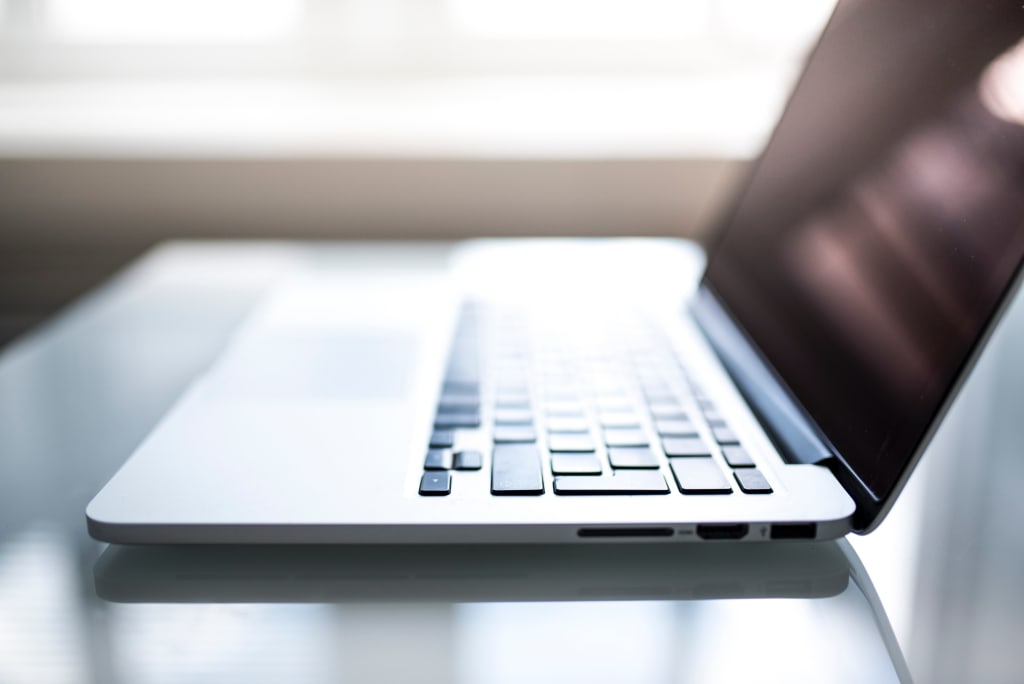How to get a fast computer speed?
Fast computer speed 2020

The windows' loading cursor icon is probably the most hated icon of all time. You double click on a program to execute it, but instead, your window explorer gets executed in the wrong way. Loading screens, lags, and stutters are among the worst behaviors of a PC. The reason for lagging Windows is not due to a single problem. The slowing down and stuttering is caused by a collection of errors and issues that need to be taker care of.
A new PC or laptop doesn't slow down the first day. Of course, a new machine learns and downloads the requirements for coping with the user's way of interaction. The main reason to slow down after getting started for the first time is probably the misuse of the machine. People often tend to utilize PCs in a manner that their hardware can not cope with the usage. Softwares like Illustrator and other cinematographic softwares have a significant toll on the hardware of the Computing machine.
Apart from heavy usage softwares, there are some other internal errors and reasons for the slowing down of the Computer. In order to get your PC boosted and have it working on good speed again, follow the instructions and explanations to avoid any of the possible reasons to lag down your PC.
1- Start-up programs
After you are done booting your newly bought PC and installing all the required softwares and programs that you use, before you even know, the programs will make your PC slow by activating start-up initiation. Start-up programs are softwares that initiate automatically once you boot into your machine. You may not even see them on the taskbar or even running, BUT such programs run in the background. You can identify them by hitting Ctrl+Shift+Esc on Windows 8.1 and above. In Windows 7 and earlier, go to the start menu and run "msconfig" Right-click and disable the programs. Then navigate to start up the programs tab. There you will find a number of installed as well as factory-installed apps that are set to run whenever you boot up automatically. Disable them by right-clicking. But do note, disabling a windows program (prnt.exe, etc.) will cause you the hassle of starting such programs manually whenever you require their usage. So it is better not to modify windows programs.
2- Start-up Services
Head over to Start > Run> services.msc >and there you will see the background services of the programs that were mentioned above to leech out your memory resources. The ones with Automatic have to be made Manual in order to experience the youth of your PC again. But do remember that modifying any windows process can crash your windows or maybe cripple it later. So better not modify windows processes.
3- Uninstall any useless programs
According to your usage, remove the programs that you feel, have little or no usage. Because such programs keep increasing cache memory and because it is still ther it takes up space in yourd memory storage. So delete/ remove/ uninstall any unused programs.
4- Scan for viruses within your files
A lot of times, when you are browsing, there can be a chance of a malicious site to exploit any bug of your browser and attack your pc by making your browser the gateway. Even if you do not interact on such websites, merely opening their landing page will be enough for them to intrude on your PC and drench your resources.
In order to have them kept out, We prefer you to set the windows defender's Real-time protection enabled all the time. Also, adding up security arsenal is better than regretting. There are a number of free antivirus softwares that you can utilize.
5- Power options and disabling windows animations.
A lot of laptop users complain of their laptops slowing down only within a month of buying it. The reason for slower laptops is the Power saving option that enables itself once your battery goes down to a certain level. It doesn't go off on its own and maybe switch over to Balanced. In order to utilize every drop of energy, turn off the power saving mode, and switch over to high performance. If the option is not available, then it is better to switch Balanced.
Also, disabling windows animations helps a lot to get your pc working swiftly. Head over to Control Panel > System > Advanced System Settings > Performance Settings and select the best performance, which will disable all of them, or pick and choose according to your need.
Epilogue
If you are still experiencing laggy performance, then you should consider formatting your entire drive and re-installing windows. Also, remember to have your apps and windows updated to the latest versions because the manufacturers dispatch updates for better performance, usually every week.
About the Creator
Badnam Kuru
https://www.techtorev.com/






Comments
There are no comments for this story
Be the first to respond and start the conversation.